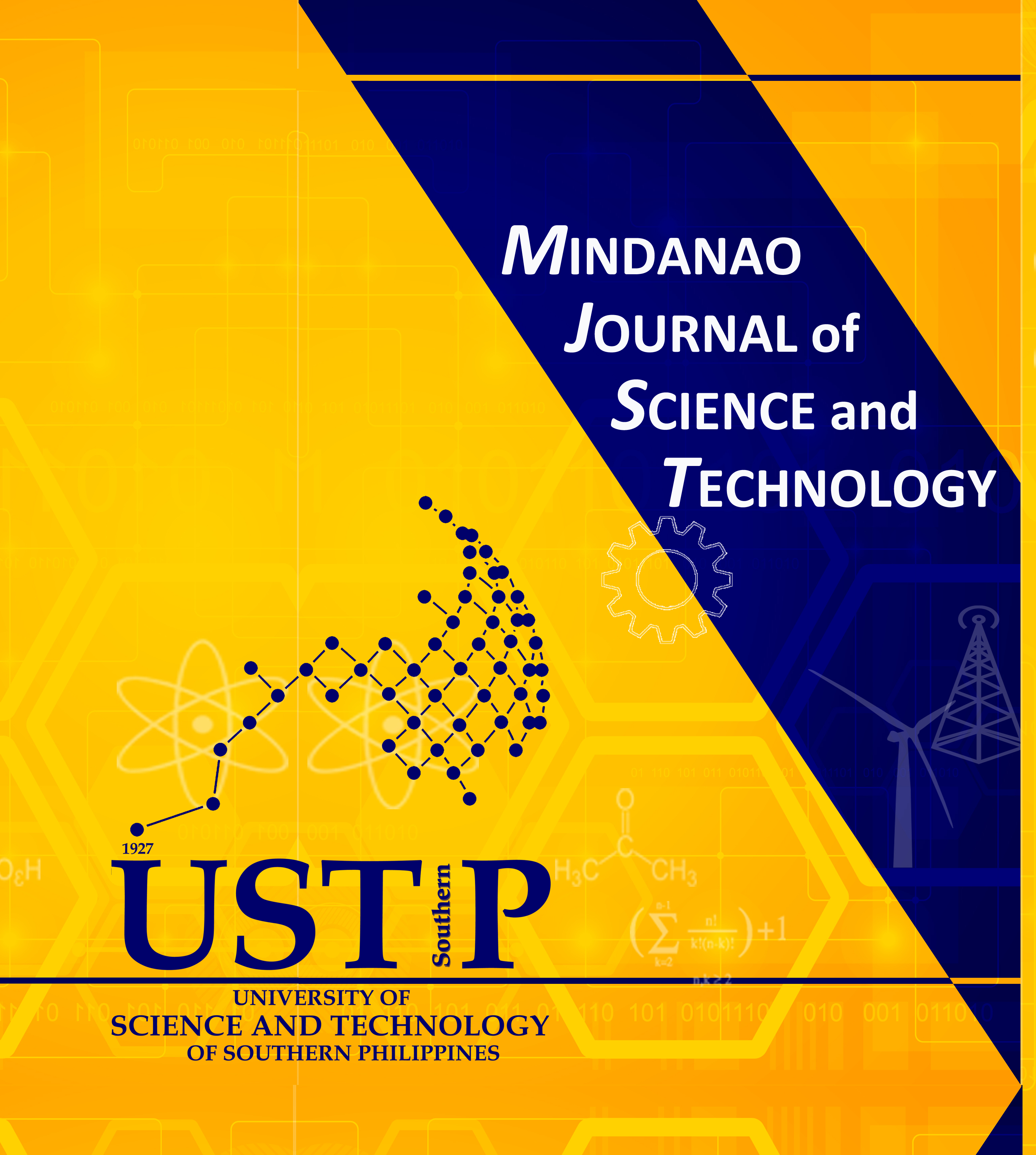Preliminary Species Distribution Modelling for Florida Wax Scale, Ceroplastes floridensis Comstock in Mindanao Island, Philippines
DOI:
https://doi.org/10.61310/mjst.v23i1.2370Keywords:
biological invasion, mango pest, incursion risk, scale insect, species distribution modelAbstract
An invasion of Ceroplastes floridensis Comstock, Florida wax scale (FWS), which is not known to occur in the Philippines but was recently found infesting mangoes in Davao del Sur, is under strict pest surveillance. This study aims to determine the potential distribution of FWS in mainland Mindanao using environmental, topographic, and ecological factors under different climate scenarios: historical, RCP 4.5, and RCP 8.5 at moderate emissions. Concerning infestation foci, FWS distribution was predicted to spread south-westerly based on the constructed SDMs (AUC = 0.988–0.995) across climate projections. Average annual temperature, elevation, and the presence of seedling sources were identified as the most influential factors. This study emphasizes the importance of containment measures for FWS from infestation foci (i.e., infested mango farms) and other potential sources of infested plant propagules to prevent further spread to other mango-growing areas in Mindanao and the rest of the archipelago.










